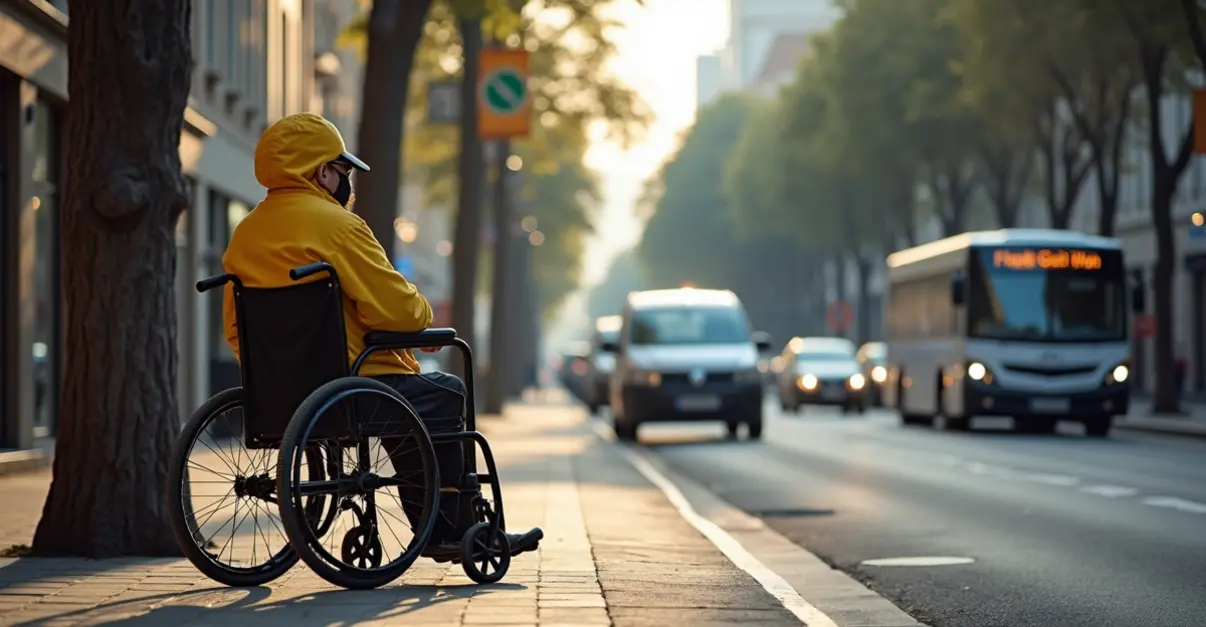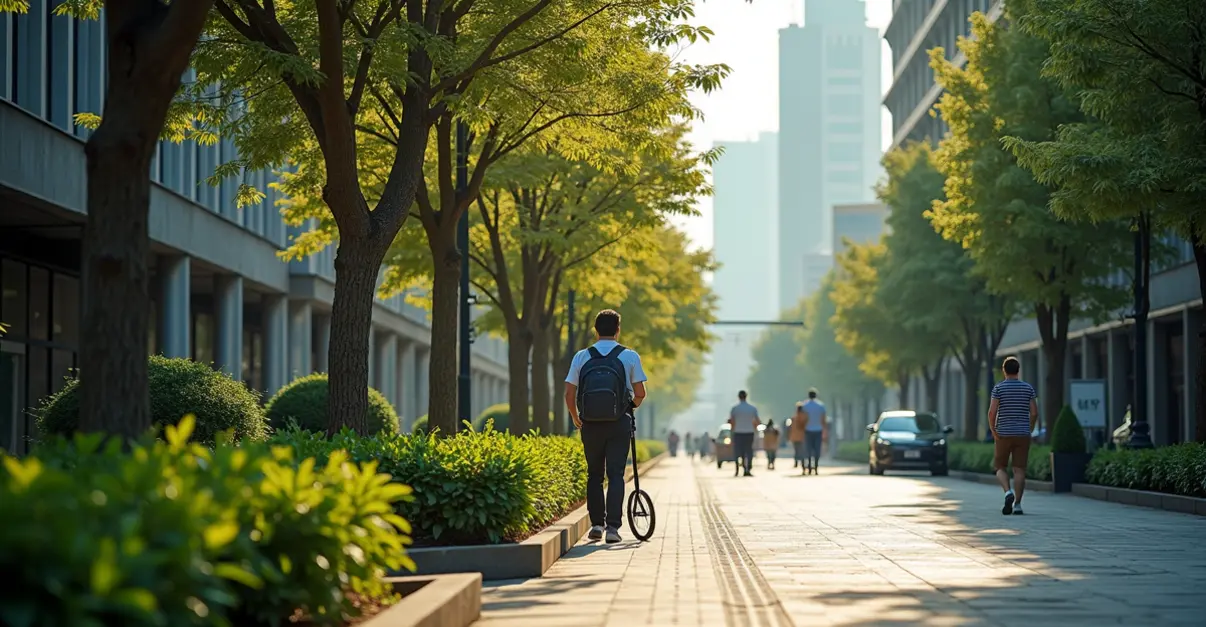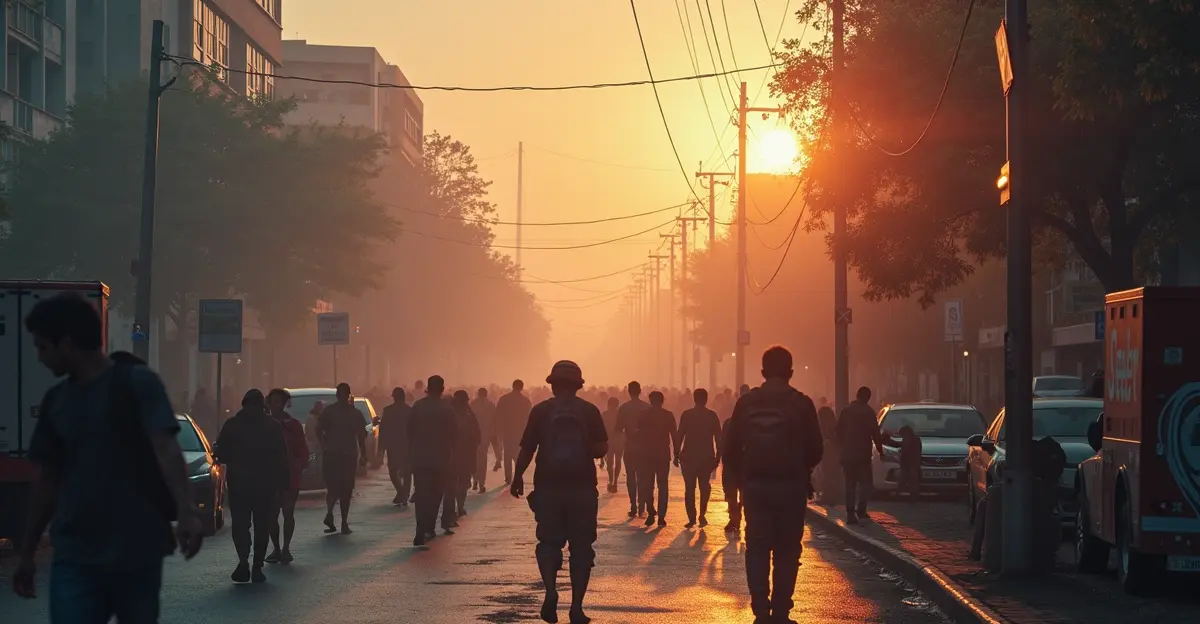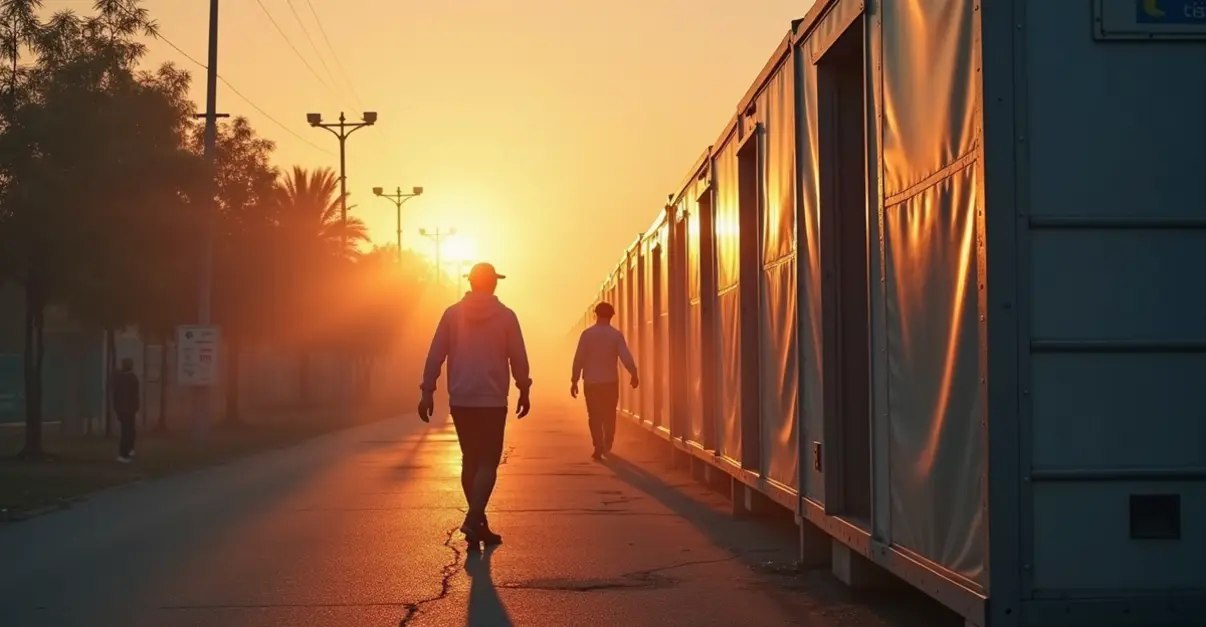Cities nationwide are expanding transportation options and improving signage to help vulnerable populations access cooling centers during heatwaves, addressing critical accessibility gaps identified in recent research.

National Campaign Improves Urban Cooling Center Accessibility
As extreme heat events become more frequent and intense due to climate change, cities across the nation are launching comprehensive campaigns to improve access to cooling centers for vulnerable populations. The initiative focuses on expanding transportation options and enhancing wayfinding systems to ensure those most at risk during heatwaves can reach life-saving cooling facilities.
Addressing Critical Access Barriers
Recent research has highlighted significant disparities in cooling center accessibility. A study analyzing 1,402 cooling centers across 81 US cities found that access varies dramatically - from just 0.01% of Atlanta's population living within walking distance to 63.2% in Washington, DC. 'The current distribution of cooling centers may be insufficient to protect vulnerable populations from extreme heat effects,' noted researchers from the National Institutes of Health study.
The urban heat island effect, where cities experience significantly higher temperatures than surrounding rural areas, compounds the problem. As explained in Wikipedia's urban heat island entry, this phenomenon results from heat-trapping due to land use changes, building materials, and reduced ventilation in dense urban environments.
Transportation Solutions Take Center Stage
Municipalities are implementing innovative transportation solutions to bridge the accessibility gap. Many cities are partnering with public transit agencies to provide free or discounted rides to cooling centers during heat emergencies. Some communities are deploying dedicated shuttle services specifically targeting neighborhoods with high concentrations of elderly residents, low-income households, and medically vulnerable individuals.
'Cooling centers can be valuable during extreme heat events, but we need to address transportation barriers, particularly in rural locations,' emphasized researchers from a 2019 accessibility study that found only one-third of New York State's population was within walking distance of cooling centers.
Enhanced Signage and Wayfinding Systems
Beyond transportation improvements, cities are investing in comprehensive wayfinding systems. This includes installing clear, multilingual signage directing residents to cooling centers, developing mobile applications with real-time cooling center locations and availability, and establishing hotlines for information and transportation assistance.
The geospatial framework research published in 2025 provides municipalities with data-driven tools to optimize cooling center placement, considering factors like population vulnerability, heat exposure patterns, and existing infrastructure.
Focus on Vulnerable Populations
The campaign specifically targets populations most susceptible to heat-related illnesses, including older adults, children, people with chronic medical conditions, outdoor workers, and low-income households without air conditioning. Research shows that while cooling centers are often located in areas with higher social vulnerability, they remain less accessible to adults aged 65+ compared to younger populations.
'As climate change increases extreme heat frequency and severity, more research is needed to optimize cooling center implementation,' stated public health experts from a cooling center effectiveness study.
Looking Ahead
The national campaign represents a critical step in building community resilience against increasingly frequent heatwaves. By combining strategic placement of cooling centers with improved transportation access and clear wayfinding systems, cities aim to create comprehensive heat response networks that protect their most vulnerable residents.
As one urban planner involved in the initiative noted, 'This isn't just about providing air conditioning - it's about ensuring that everyone who needs cooling can actually reach it when temperatures become dangerous.'

 Nederlands
Nederlands
 English
English
 Deutsch
Deutsch
 Français
Français
 Español
Español
 Português
Português









